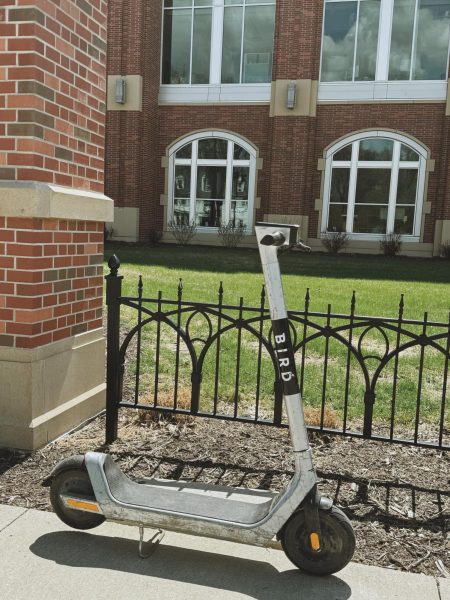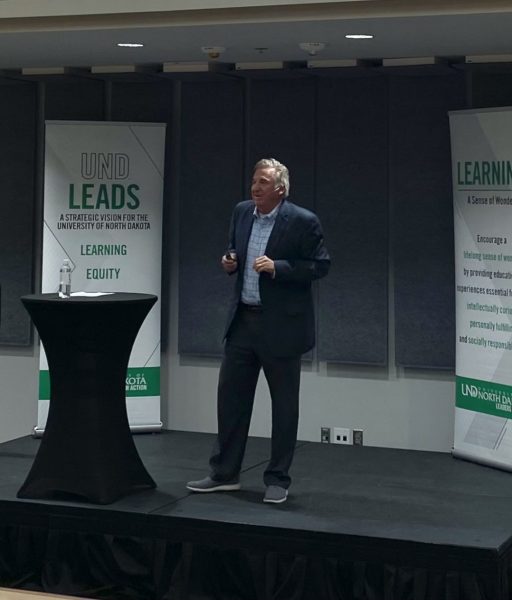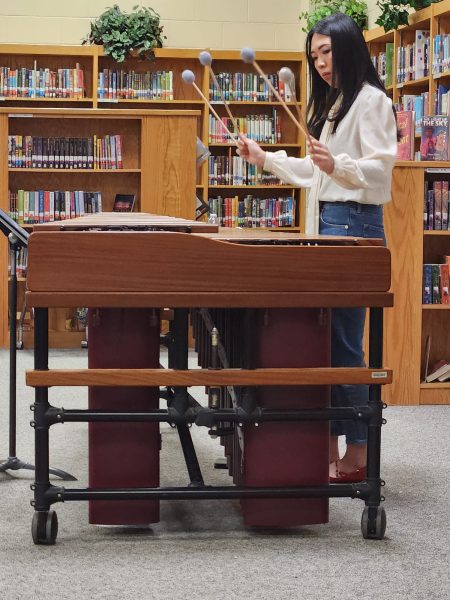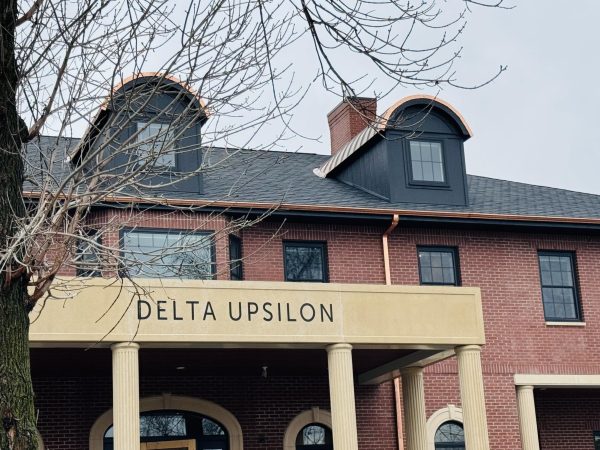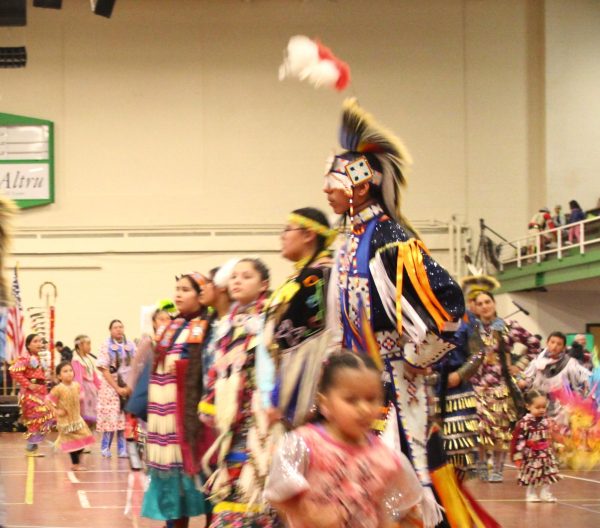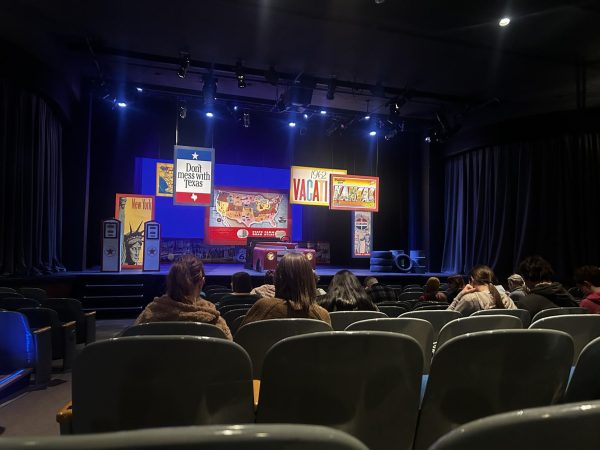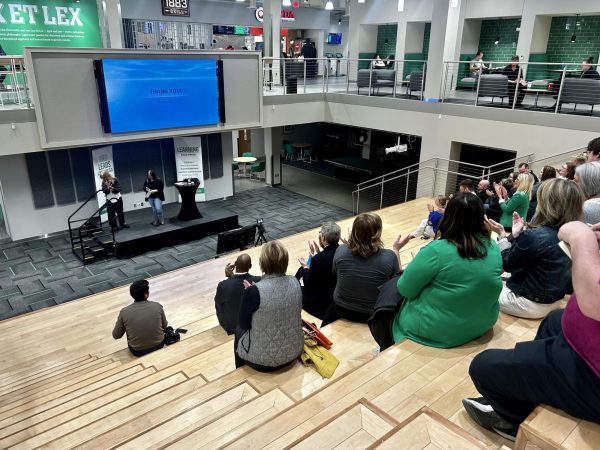Getting to know the people behind the uniform
October 14, 2016
A night of reflection on both sides made a unique opportunity for the public to better understand the seemingly faceless, voiceless law enforcement agency of Grand Forks and see them as individuals just as equally for those behind the uniform to come with an open ear and share their point of view with those who may have never have heard them otherwise.
In light of the past year of incidences involving police-community tensions across many American cities, the Black Student Association (BSA) organized a group from the Grand Forks police to sit down with staff, students and the general public to discuss the issues concerning their relationship between the public and Grand Forks police Tuesday night.
“BSA talk a lot about how incidents across the nation affect us. Specifically, perceptions of police brutality and bias-related incidents to see if we can bridge any gaps–to just be able to talk about these issues openly because we all live in the same space,” BSA president Lauran Chapple said.
Spending nearly three hours deliberating on prompted discussion topics, a strong willingness between both sides was sensed throughout the room to honestly lay out the issues facing the Grand Forks community and what steps can be taken to address those concerns.
“How does your relationship with police now differ with what it was five or 10 years ago?” “What can we do to fill the gaps between the police and community and strengthen our relationships?” “What is one thing you’d like an officer to know about your situation that you think would form a better understanding for your position?”
Community members sat together with several different police officers in round-table, interactive environments to share their thoughts throughout the night. The overwhelming theme of the night revolved around potential solutions.
“The discussion of what we can do next is always the most important thing to me. Fostering everyone’s suggestions of what it’s going to take to have us be closer,” Chapple said.
For the police department, sometimes the hardest part about fixing broken bridges and building new ones can be fighting the vast amount of misinformation or the spread of rumors by the public.
“With the increased usage of Social Media by the public as their main source of information gathering, the need and desire for information is instantaneous and much of the information provided has not been vetted or sometimes even factual,” Deputy Chief Michael Ferguson said.
In response, Ferguson explained how the Grand Forks police department works to create a larger social media presence to intercept the people they serve where they are most often. The importance of exposing the police agency and creating a transparent image is something Ferguson and the Grand Forks police alike see as being vital to strengthening the relationship they hold with the community they serve.
“I’m never going to be satisfied with my department. If I am, it’s time for me to take my retirement. The one thing that gets departments into trouble is the lack of partnerships with the surrounding community and we’re always evolving to adapt to those changes,” Grand Forks police chief Mark Nelson said.
Six questions of deliberation as well as multiple questions and answers later, a consensus of progress was reached among participants.
“It was a really positive vibe. I’ve just been trying to express my gratitude for the honesty from all sides tonight and the participation from both the police department and the student body,” Chapple said.
Declan Hoffman is a staff writer for The Dakota Student. He can be reached at [email protected]


